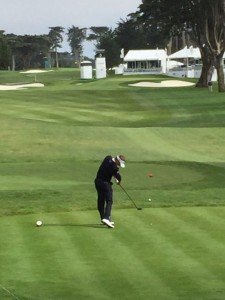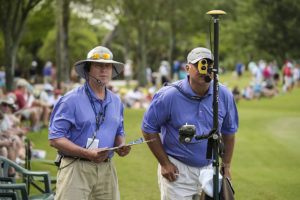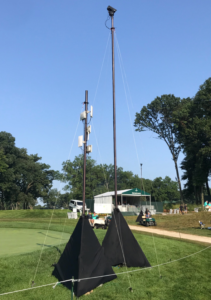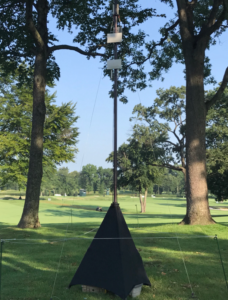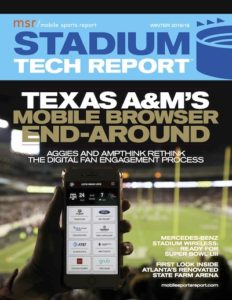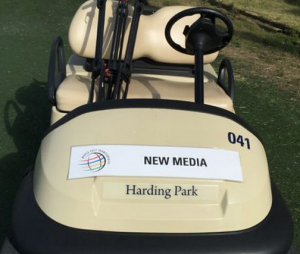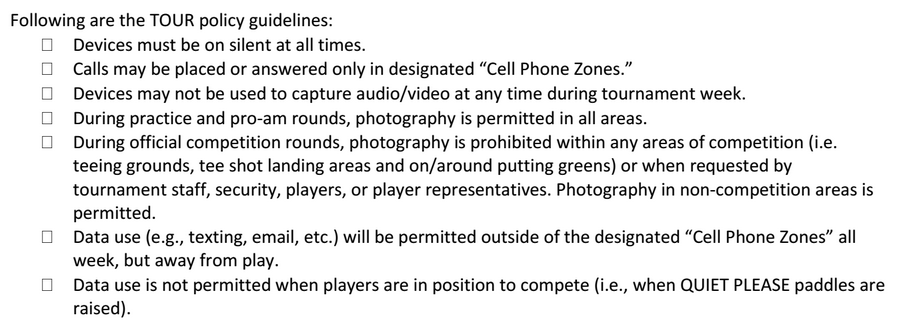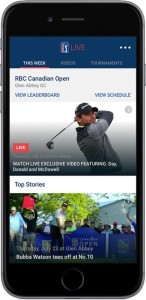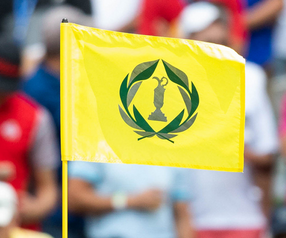 The PGA canceled its idea to have a limited amount of fans at the upcoming Memorial Tournament, “due to the rapidly changing dynamics of the COVID-19 pandemic.”
The PGA canceled its idea to have a limited amount of fans at the upcoming Memorial Tournament, “due to the rapidly changing dynamics of the COVID-19 pandemic.”
UPDATE, JULY 13: The PGA has now announced that all remaining tournaments this year will be held without fans.
In a release posted Monday on the tournament’s website, the much-ballyhooed plan to have fans tracked by wearing RFID-equipped badges and another series of related planned safety procedures turned out to not be enough in the end for the July 14-19 event to be the PGA Tour’s first with fans in attendance.
“We applaud the leadership, diligence and partnership it took from Jack Nicklaus, Dan Sullivan, the entire Memorial Tournament staff and State, County and City leadership to build a solid plan that would allow for limited fan attendance at next week’s event,” said PGA TOUR Commissioner Jay Monahan in a prepared statement. “But given the broader challenges communities are facing due to the ongoing COVID-19 pandemic, we need to stay focused on the No. 1 priority for our Return to Golf — the health and safety of all involved. While this was a difficult decision, it was one made collectively, and we are appreciative of the process undertaken to this point that will allow us to welcome on-site fans when the time is right.”
It’s worth noting that the PGA’s return to live events has had its struggles in keeping the virus at bay, with several players and caddies testing positive after what golf insiders saw as a lackluster attempt at sticking to safety protocols. There have even been calls around golf for the tour to hit the pause button on its comeback:
With a heavy heart, it's time to pull the plug on the PGA Tour:https://t.co/YKeVCivszK
— Alan Shipnuck (@AlanShipnuck) June 25, 2020
Stadium Tech Report has been trying to get an official response from the Memorial Tournament since May to describe the details of the RFID-tag plan that were not initially disclosed, including information on how the badges would be scanned on the course, and how the event would monitor and control the crowds. However, the tournament has declined to respond via email or by phone to any of our questions.
